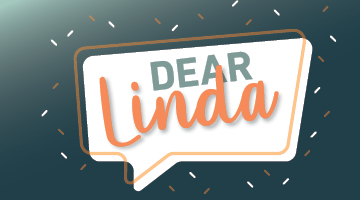Student engagement has long been the focus of educators and administrators everywhere. We want to connect with our students. We want to make an impact, to prepare students for the future.
When COVID-19 forced us to adjust learning environments, student engagement hung in the balance. While many wish for things to go back to normal, we as educators gained a huge opportunity. Think outside the box! Change instruction for the better. Here’s how project-based learning (PBL) bolstered one Tennessee county’s efforts to maintain student engagement.
Introduce career exploration in middle school.
Projects in school aren’t a new concept, but the ways in which projects lead curriculum and instruction have changed. PBL helps students develop skills like critical thinking, creativity, collaboration, time management, problem-solving, and communication.
In my opinion, the middle grades present the greatest opportunity to introduce career exploration via project-based learning. Middle school students lose some of that childhood magic, but they’re still young enough to want to be loved and accepted by their teachers. But, there’s also the sense that they need to be… big. High school somehow seems far away. It’s a neat age group. Middle school students don’t have limitations. They don’t worry about obstacles.
They develop habits and interests that foster curiosity and shape their academic selves. Nationwide, students begin career planning by eighth grade. Thus, the topic of career exploration fits perfectly within middle school. PBL offers an engaging, positive approach to career exploration at a critical juncture in a student’s education.
Support project-based learning in our schools.
At the start of the 2020 school year, 20% of students opted for the virtual learning model. Tennessee requires students to be engaged 6.5 hours of the day. But with students not physically in a classroom, how do we know how long they’re actually engaged?
In addition, how do we ensure all students — in the classroom and in virtual learning environments — continue to meet standards and learn essential skills like collaboration, communication and problem-solving? Project-based learning! PBL ensures standards alignment while allowing students the freedom to learn and lean into their individual interests. PBL brought the joy of learning back into school not only for the students but teachers too.
Hayley Johnson, an eighth-grade science teacher at Gladeville Middle School, utilized PBL in manufacturing engineering coursework. The project — to design sunglasses — intended to deepen student understanding of electromagnetic waves and how they impact everyday life. Students were hired by a fictitious company to design the hottest new athletic sunglasses. Through puzzles, reading, and research, students learned all they could about sunglass lens function and overall design. From research to problem-solving to design to prototyping, students led their own projects through peer review and product demonstration.
Partnership with Tennessee STEM Innovation Network (TSIN)
The Tennessee STEM Innovation Network (TSIN) has long supported the growth of statewide STEM education through various educational focus points related to resources, innovative programs and industry partnerships. It’s a resource I’ve followed and trusted for years. TSIN helps districts like Wilson County Schools implement the best tools and practices for our students.
In July 2020, TSIN partnered with Defined Learning, a project-based learning organization, to offer no-cost STEM career awareness curriculum for students in grades five through eight.
When our district went fully remote, it was the middle school students who shared the most about how much they missed (and needed) interaction with peers and their teachers. Our decision to implement PBL at this grade level was already in the works prior to the shift to distance learning and afforded opportunities for students at all grade levels to thrive in new, uncomfortable learning environments.
In Jennifer Davis-Kelley’s sixth-grade science class at West Wilson Middle School, her students completed their unit on energy through virtual PBL, a different format than in previous academic years. “I have traditionally assigned group Rube Goldberg machines so students can demonstrate their knowledge transformations,” she said.
“Being virtual this year, I decided to try the project anyway and the results were fantastic! The goal was to create a machine to do a simple task in a complicated way using at least three energy transformations. Some students didn’t do that exactly and others knocked it out of the park. We celebrated all the entries.”
Davis-Kelley continued, “I know it’s been a wild first quarter, but there is evidence that virtual learning can be fun and exciting, and that students are learning.”
PBL engages students.
Instead of asking students to sit in front of the computer, we’re encouraging them to back away from it, work with their hands, and explore what interests them. While their passions and interests might not be a part of curriculum, the career exploration benefits outweigh educational requirements. It’s a little scary, but, as educators, we’ve had to shift our thinking to best serve our students, fellow teachers and families. We are discovering better ways to engage our students, and it’s working. I don’t think we will ever go back to instruction as we know it, and I hope not.
When we encourage our students to take interest in projects that captivate them, we’re rewarded with higher engagement. Learning how to manage distance learning was new for us all. We wanted to ensure our students were supported as they navigated through the changes. Project-based learning granted students the freedom to work through assignments at their own pace, in their own way, and as it made sense in their new learning environment.
We also learned firsthand that PBL encourages rigor, a highly sought after component of academics, and helps fulfill in-depth comprehension of class topics and subject matter. When students suddenly only had access to the classroom via screen, innovation became vital. Engagement, top priority. Compared to a standard quiz or worksheet, PBL successfully captures the attention and participation of students.
Conclusion
The COVID-19 pandemic has disrupted nearly every aspect of our lives, accompanied by anxiety and fear. Since PBL tends to be based on real-world learning, students were encouraged to explore current events and topics related to the world around them. It helped dispel fear and even produced creative ideas.
Today, students solve real-world problems. They are doing research on current events, applying their cross-curricular knowledge, and showing mastery at home. Not to mention, they’re having an absolute blast doing it. Engagement is at an all-time high.
We’re entering an era that no one ever planned for. There’s no roadmap to success, but one thing has not changed.
We must prepare today’s students for the future.
Donna Wright, Ed.D., serves as the director of Wilson County Schools which has nearly 20,000 students in 22 schools. Dr. Wright has spent more than three decades working in education as a teacher, principal, administrator, and assistant superintendent. Since day one, she has spoken about her strong commitment to improve academic achievement and provide students and teachers with the resources to accommodate growth.
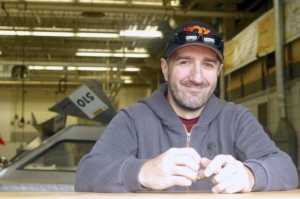



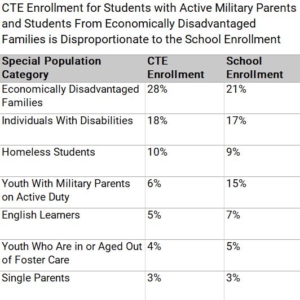
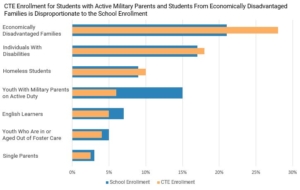
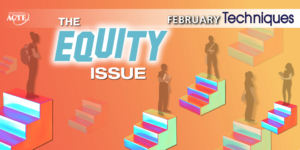

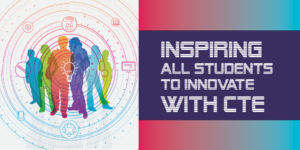
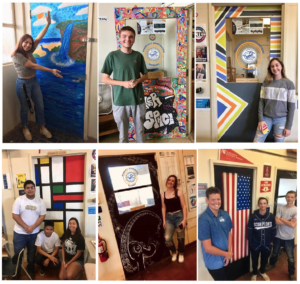
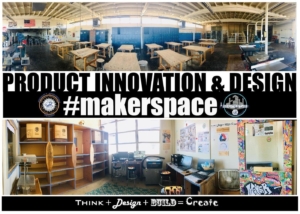
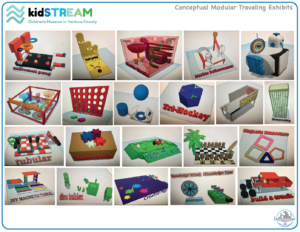
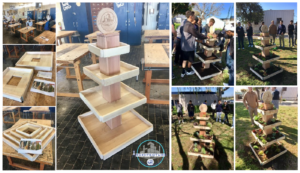

 Career and technical educators often limit the use of personal computers and digital devices (except for accessibility), particularly during active learning, in flipped classrooms, or in tech-enabled labs with advanced tools and instruments. Yet, we aim to turn out critical thinking, self-regulated and self-directed, lifelong learners. If we profess that goal, we must embrace systems and methods that scaffold learning wherever it occurs. That means adapting courses and inviting students to “bring your own devices” to every learning event.
Career and technical educators often limit the use of personal computers and digital devices (except for accessibility), particularly during active learning, in flipped classrooms, or in tech-enabled labs with advanced tools and instruments. Yet, we aim to turn out critical thinking, self-regulated and self-directed, lifelong learners. If we profess that goal, we must embrace systems and methods that scaffold learning wherever it occurs. That means adapting courses and inviting students to “bring your own devices” to every learning event. CTE students encompass a broad array of technology experience. International higher education pundit Marianne Bray observed, “The Generation Z student population is the most dynamic, with the
CTE students encompass a broad array of technology experience. International higher education pundit Marianne Bray observed, “The Generation Z student population is the most dynamic, with the 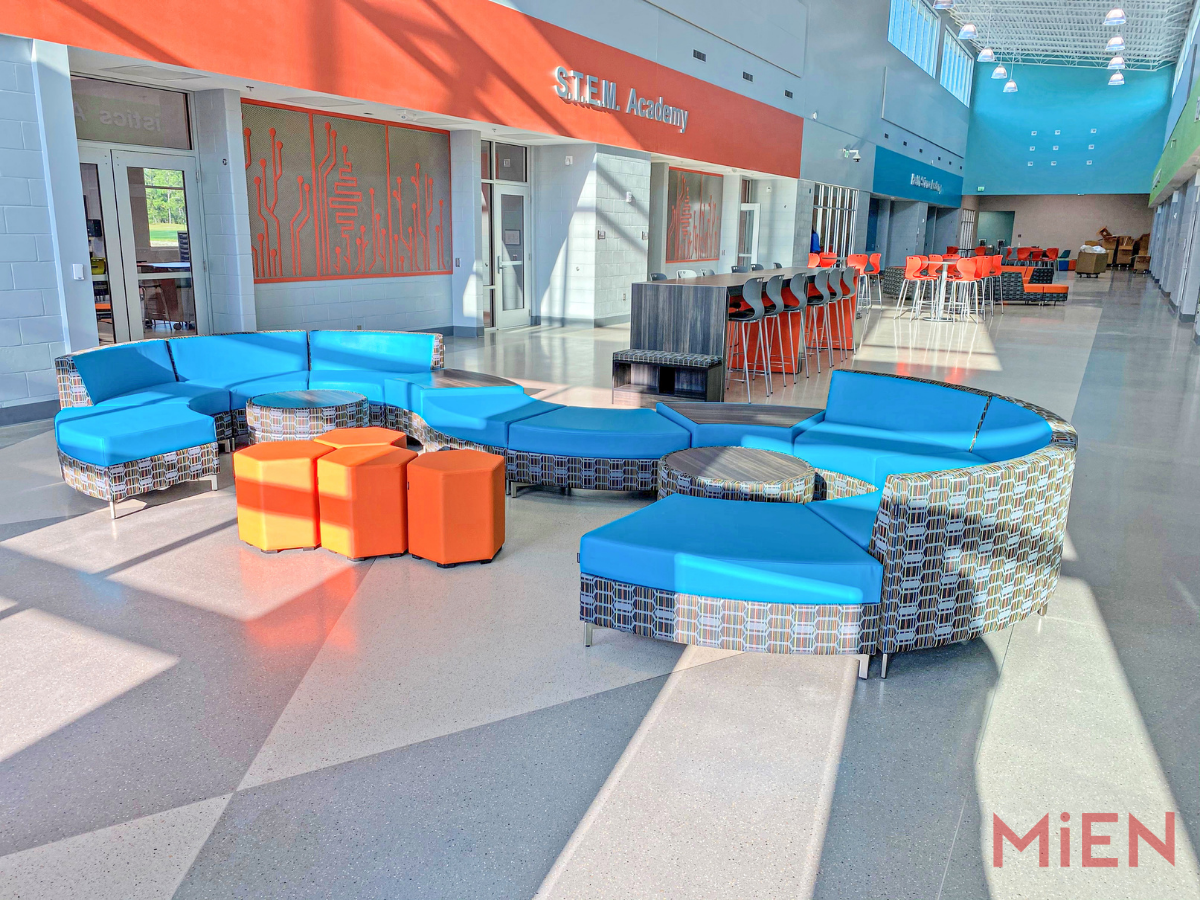
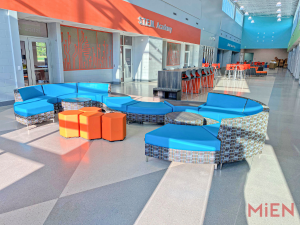 Jasper County Schools uses modern seating, vibrant color schemes and mobile furniture to create an engaging, productive learning environment that students love. A career and technical education (CTE) center lingered near the top of Jasper County’s to-do list for years. But it wasn’t until 2020 that all of the ideas came together to develop a brand-new facility for students.
Jasper County Schools uses modern seating, vibrant color schemes and mobile furniture to create an engaging, productive learning environment that students love. A career and technical education (CTE) center lingered near the top of Jasper County’s to-do list for years. But it wasn’t until 2020 that all of the ideas came together to develop a brand-new facility for students.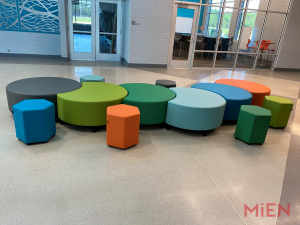
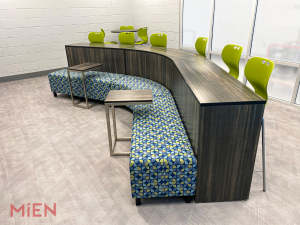
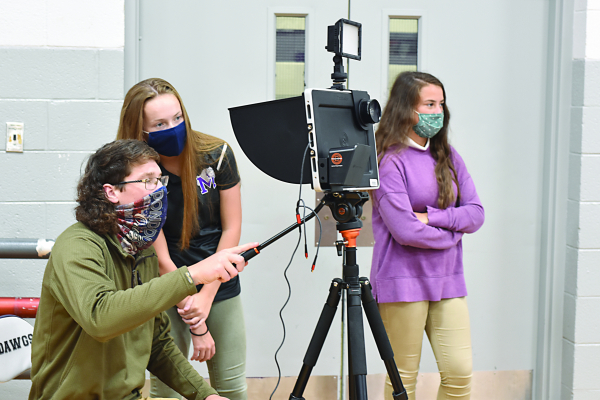
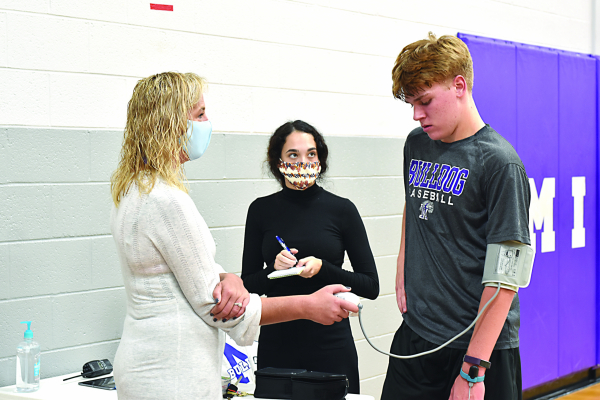
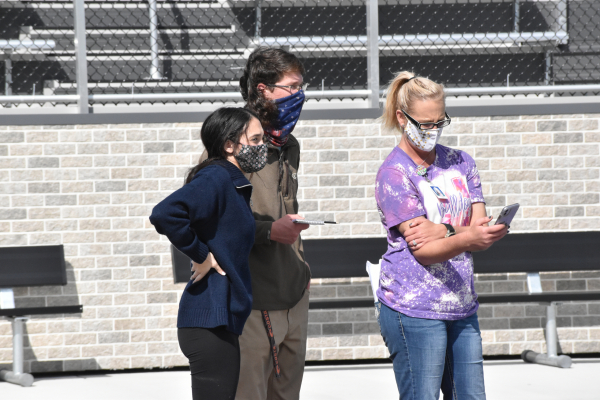
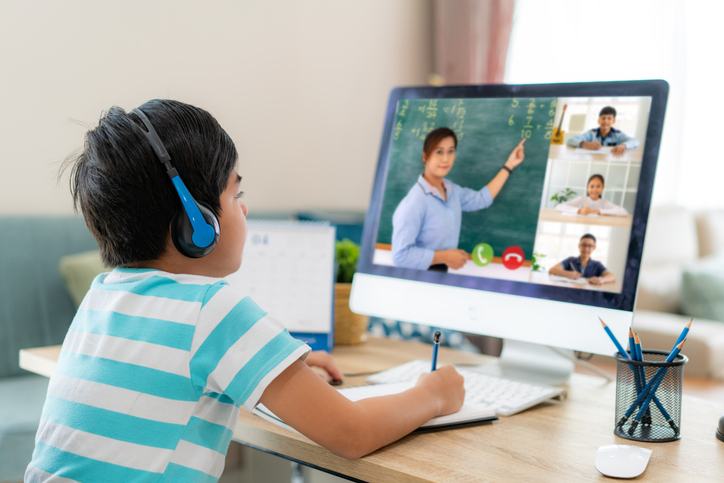

 A few years ago, I worked with many students in need — one in particular, a standout basketball player. His skills on the court helped him to attain a scholarship. Imagine the joy his parents must have felt, the first to graduate and the first to go to college.
A few years ago, I worked with many students in need — one in particular, a standout basketball player. His skills on the court helped him to attain a scholarship. Imagine the joy his parents must have felt, the first to graduate and the first to go to college. What started as a classroom discussion, became a cross-curricular project! We ended up building that house.
What started as a classroom discussion, became a cross-curricular project! We ended up building that house.
 Back to school took on a whole new meaning in 2020–21. Across the country, teachers are working hard to:
Back to school took on a whole new meaning in 2020–21. Across the country, teachers are working hard to: